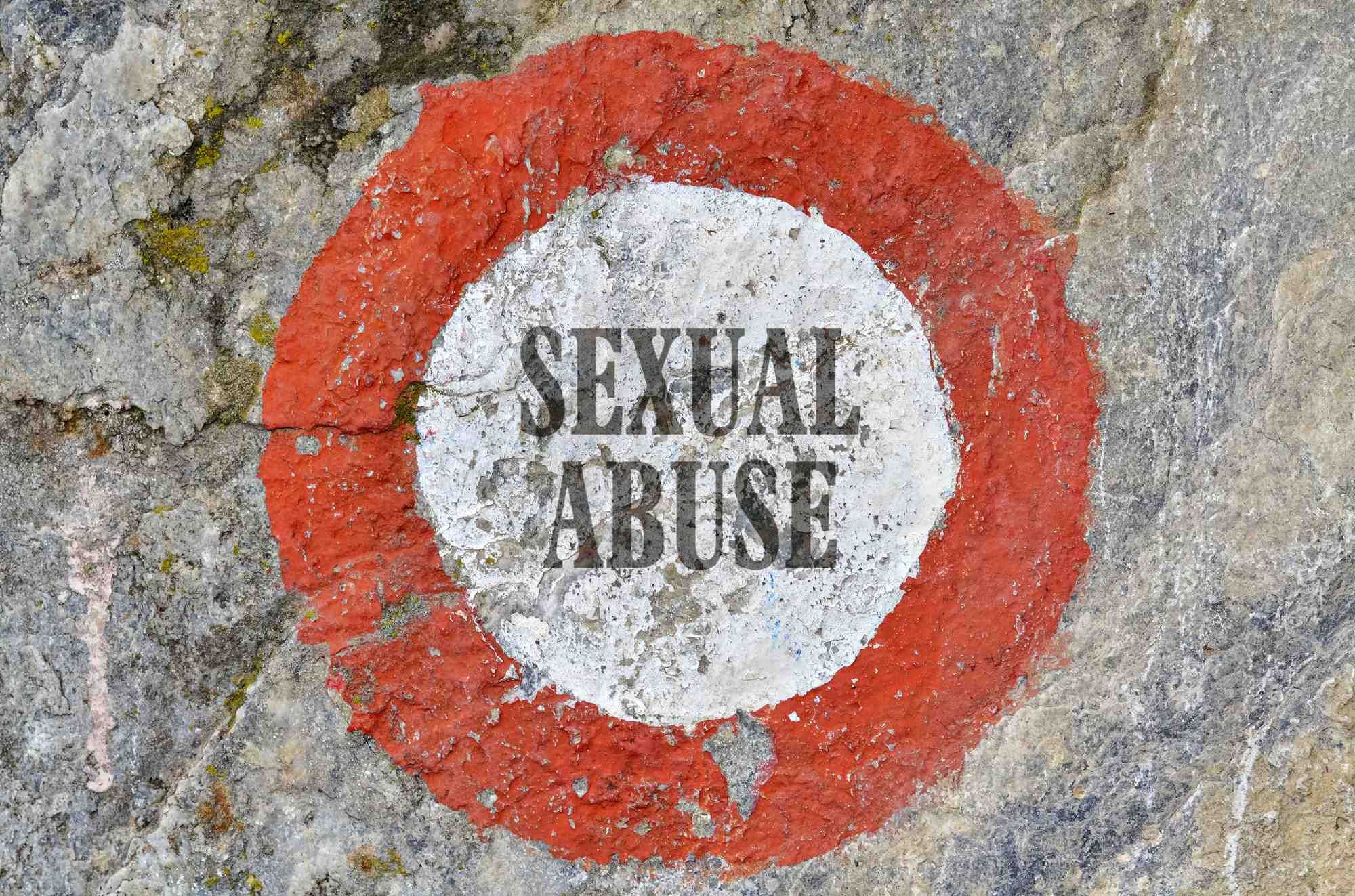Top Class Actions’s website and social media posts use affiliate links. If you make a purchase using such links, we may receive a commission, but it will not result in any additional charges to you. Please review our Affiliate Link Disclosure for more information.
Canada’s genocidal history of racism and systemic discrimination against First Nations peoples is not a mere embarrassing figment of the not-so-distant past. Indeed, as individuals and as a country, we’d like to believe the darkest hour is behind us. However, one bi-jural First Nations lawyer is calling out in warning. Alisa Lombard, a modern-day beacon of Indigenous access to justice, is telling First Nations women’s stories of coerced sterilization, something that persists to this day.
Coerced Sterilization in the Limelight: It’s Still Happening
Alisa R. Lombard, partner at Semaganis Worme Lombard, Canada’s first national Indigenous-owned law firm, and lead counsel in a Saskatchewan class action lawsuit brought by women who have been forcibly or coercively sterilized, has extensive experience in complex legal and policy issues relating to Indigenous-Crown relations.

Lombard has been working relentlessly, representing First Nations interests in what she calls “the Mississippi of the North,” her comically astute description of Saskatchewan.
Coerced sterilization of Indigenous women has not exactly been on mainstream media’s priority list throughout this practice’s decades-long life. Lombard notes that it’s interesting to see how mainstream’s heightened awareness and empathy raises discussions about systemic racism, “something that has not been spoken about before.”
In April 2019, Lombard testified at the Standing Senate Committee on Human Rights, representing First Nations women and being their voice before the Senate. She told their stories, focusing on the women’s lived experience of human rights violations.
The coerced sterilization instances Lombard described occurred between 2000 and 2010. “In some instances, there was no disclosure of risks, consequences and options, and no consent form was signed. It was, ‘This is going to happen to you whether you like it or not.’ In other circumstances it’s a matter of ‘You have to do this. It’s what’s best for you;’ or, ‘The doctor doesn’t want you to leave before you do it.’ ‘You have had enough children. Don’t you think you should consider this?’ […] That’s one thing I’ve heard, as though it’s a negotiation, which it is not.”
From Givers of Life to Second Class Citizens: Genocide and Gender Roles
The extent of the travesty of coerced sterilization shakes the foundation of our human rights centered conscience when we contrast the role women had in traditional Indigenous cultures and their place in society today.
The External Review on Tubal Ligation describes Indigenous women’s role in their societies as holding “the highest degree of respect within their communities as the givers of life and family anchors.”
“Indigenous gender roles did not mirror European gender roles,” notes Lombard. The First Nations rights advocate adds that there is a major caveat to this assertion: “This depends on the Nation, but my understanding is that women are the givers of life, the ones who carry the water medicine and are responsible for and have the great honour of giving that life, if we so choose.”
In fact, Lombard highlights that there were First Nations whose leadership was female.
“We didn’t live in perfect little societies, but we lived in perfect little societies for us, based on our values, they were perfect.”
First Nations societies began falling apart as government intervention intended to erode First Nations culture and women’s place in their communities, notes the External Review.
According to Lombard, the residential and Federal Indian Day School policies, mental health laws and the Sixties Scoop, “achieved in some part what they were intended to achieve, and that was a softly termed genocide, but a genocide nonetheless.”
She explains that the federal government had a stated policy with the objective of assimilating or exterminating First Nations peoples.
“One thing the former Prime Minister said when he apologized,” Lombard says referring to former Prime Minister Stephen Harper, “is that the attitudes that inspired the residential schools have no place in Canada ever again. But no action was taken to rid legislation of those attitudes. They’re still there. They are very much systemic.”
Although the residential schools and the Sixties Scoop are dark figments of the past, Lombard underscores that systemic racism has taken on a new form: “Now we have overrepresentation in CFS, over-apprehension […] it continues to manifest using different mechanisms. None of those problems are truly historic. Just the methods have changed. We need to correct the attitudes in regulation and legislation. If we don’t remove this attitude, it’ll continue. It’s not an Indian problem, it’s a State problem.”
Lombard poignantly testifies to the current genocide and its devastating consequences on First Nations women. “I know a person who is the first, I believe, in three or four generations to have custody of her children. What does that say about a lot of things? It’s real deal genocide.”
What is Coerced Sterilization?
“It’s important to understand coerced sterilization in a context,” Lombard begins, embarking on the task of defining coercion. “One party is essentially replacing the other person’s free will, bodily autonomy, with their own. This can manifest in many ways. This brings us back to the doctrine of consent,” which she prides herself for being fluent in. “Enlightened consent requires the absence of coercion.”

Lombard told Top Class Actions that many women who experienced coerced sterilization lacked capacity to consent to the procedure because they were in labour or heavily medicated.
Another major issue, there is no explaining to women what their rights are in this process.
Considered in a “nerdy, legalist, lawyer way,” Lombard’s own words, we can compare the rights and duties involved in sterilization with those involved with a s. 8 caution for a search, as per the Canadian Charter of Rights and Freedoms.
“If a police officer doesn’t have reasonable and probable cause to search your vehicle, he has to obtain your consent. And to obtain your consent he has to tell you what your rights are under s. 8 and what the consequences of foregoing your rights are,” Lombard explains. “I see no reason why we can’t do this with s. 7 and bodily autonomy. It’s your right, it’s your body.”
Indeed, s. 7 provides the right to life liberty and security of the person. Courts have held that security of the person includes an individual’s right to control their bodily integrity.
“This needs to be explained to women, because they don’t know that. They often just go along with what the doctors and nurses say,” Lombard stresses. “This is deeply compounded by the state of labour and delivery- it’s not the time to be talking about [sterilization].”
“When I was at the Senate, I had just given birth to my daughter five weeks prior, and they were discussing this issue and whether you have capacity to consent when you’re in labour, and in my opinion you do not have capacity.”
At the Senate Standing Committee, Lombard asked the senators to put the lived experiences of Indigenous women who were coerced into sterilization at the centre of their study.
“Wealth is life, children, family and culture for my clients. The decision on whether to gain in this wealth was stolen from them […]. Many of the women who have reached out did not know they had rights or that they had the choice.”
Lombard explains there is a common feature in the coerced sterilization cases: “We have many women, all Indigenous, all pregnant, who went to the hospital, were admitted, gave birth, came home and never got pregnant again, because they were all sterilized when they were there.”
The Colonial Hangover and the Disproportionality Matrix
First Nations women are overrepresented among sterilized women, mentally incapable women and incarcerated women. Lombard blames much of the overrepresentation on Canada’s discriminatory past and current systemic issues.
Another reason, in Lombard’s experience, is due to different cultural norms that are misinterpreted or misunderstood. “In some of our families, women have children with different men, and sometimes have many children, and this would be interpreted as ‘flouty social norms’ which was an indicator of feeble mindedness. But in our societies it wasn’t at all. The children belonged to the women. That’s how it was seen.”
Lombard believes eugenics and racism constitute the bedrock for the “disproportionality matrix in mental health,” stemming from inconsistencies between Eurocentric social norms and Indigenous social norms. Importantly, mentally incapable Indigenous women were more likely to be sterilized.
The First Nations women’s rights advocate calls coerced sterilization “a colonial hangover.”
In her opinion, Canada needs a national standard for consent, to prevent coerced sterilization, “because the patchwork we have now doesn’t seem to prevent unwanted sterilization.” Lombard also advocates for punitive measures, accountability and much-needed reparation.
Since the proposed class action lawsuit has been filed, over 100 women have come forward with personal accounts of coerced sterilization.
“We can’t accept this. Our ancestors wouldn’t have accepted it, and we owe it to our future generations. We can’t normalize this kind of human rights violation.”
Lombard believes the class action regime is the best way “by far to get this done.” For her, it’s all about empowerment.
“It is time for Indigenous people to be able to rely and feel comfortable in the protections afforded by the law that everybody else benefits from except for us.”
Have you or someone you know gone through a coerced sterilization? Share your story with us in the comment section below.
Read More Class Action Lawsuit & Settlement News:
ATTORNEY ADVERTISING
Top Class Actions is a Proud Member of the American Bar Association
LEGAL INFORMATION IS NOT LEGAL ADVICE
Top Class Actions Legal Statement
©2008 – 2024 Top Class Actions® LLC
Various Trademarks held by their respective owners
This website is not intended for viewing or usage by European Union citizens.


















11 thoughts onEXCLUSIVE: Coerced Sterilization of Indigenous Women | Alisa Lombard Exposes Canada’s ‘Colonial Hangover’
I had a tubal ligation in 1992. I was 20 and had 2 kids then, the doctor did convince me. It was in Manitoba.